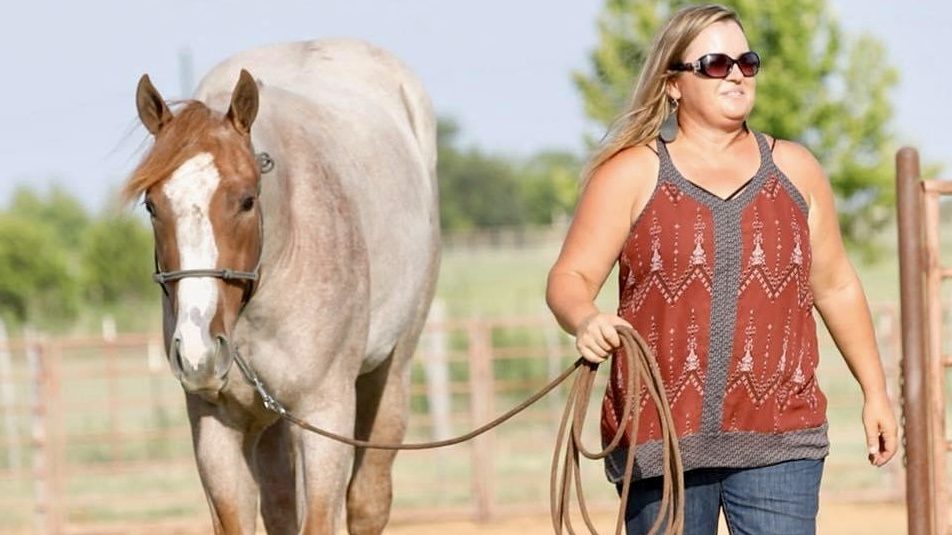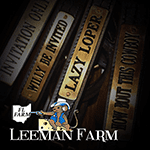It is a common misconception that horsemanship involves working with a horse from its back. However, the reality is that good horsemanship begins from the ground up.
Indeed, a horse with poor ground manners can be impossible to work with. Being able to halter, groom, trim, saddle, and lead a horse safely are fundamental skills to the animal’s management, care, and overall well-being.
We spoke with Julie Voge and Amber Duckett to get their tips for establishing good ground manners.
Establish Respect
 “Establishing respect from the ground is critical to building the foundation of any horse’s training, regardless of the discipline,” Duckett explains. “I take extra effort when training my yearlings to ensure they have a respect for their handlers and are immediately responsive to cues on the ground because, in my experience, that respect and responsiveness will translate to their career under saddle.”
“Establishing respect from the ground is critical to building the foundation of any horse’s training, regardless of the discipline,” Duckett explains. “I take extra effort when training my yearlings to ensure they have a respect for their handlers and are immediately responsive to cues on the ground because, in my experience, that respect and responsiveness will translate to their career under saddle.”
Voge says she keeps it simple with her horses by adhering to this simple mantra: “Make the wrong decision hard and the right decision easy.”
When a horse lacks ground manners, it is necessary to go back to the basics to gain their respect before moving on to other tasks. Duckett uses the following analogy, “If the foundation isn’t there, the house will collapse. So, you can’t try to build to the next level of your relationship with your horse when your foundation is in ruin.”
Duckett emphasizes, “It is important to establish your personal space and ensure your horse respects that…always!”
Establish Your Boundaries
Horses are herd animals that naturally want to know their place in the pecking order – an order you become part of when working with them. Therefore, it is critical to establish yourself as the boss, or they will take that role for themselves.
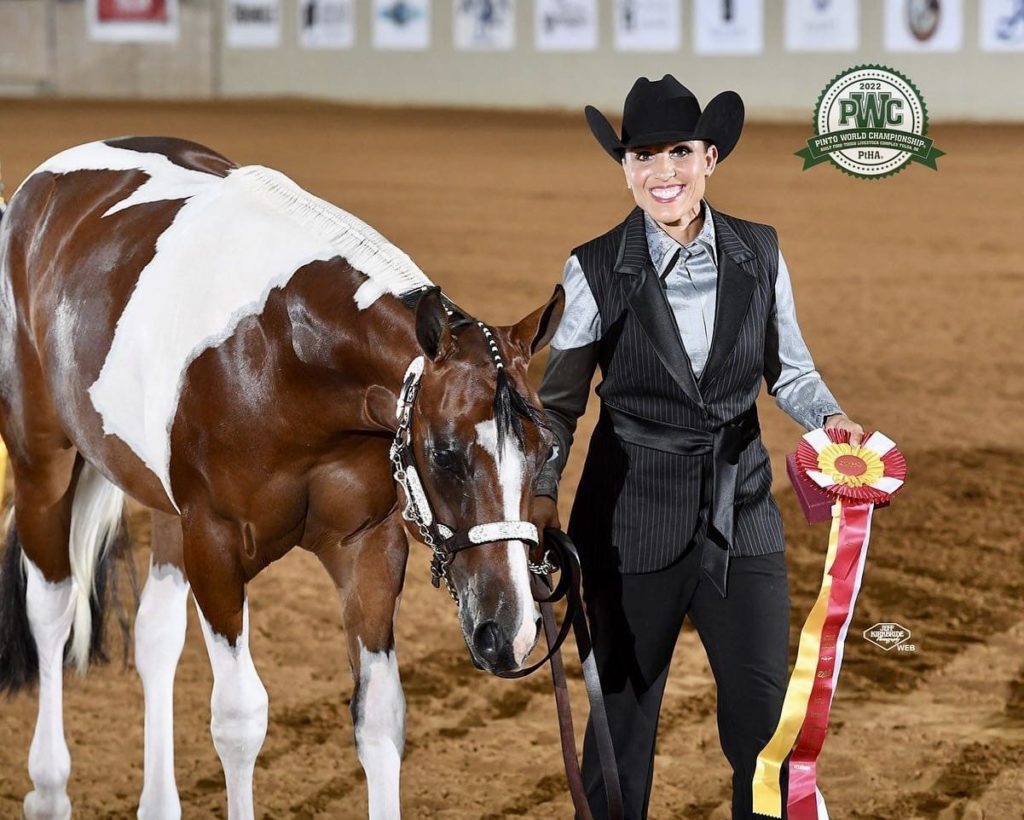 Duckett reminds us, “If you watch horses in the field, you want to emulate the energy of the lead horse in the herd. Essentially, you want your horse to enjoy having you around because it gives them confidence, but they should look to you for how to behave. So their attention should be on you and not everything else around them.”
Duckett reminds us, “If you watch horses in the field, you want to emulate the energy of the lead horse in the herd. Essentially, you want your horse to enjoy having you around because it gives them confidence, but they should look to you for how to behave. So their attention should be on you and not everything else around them.”
“The second I see them hesitating or acting like they want to pin their ears or kick; you want to react immediately to demonstrate that behavior is unacceptable,” Amber said.
According to Voge, one of the most critical aspects of groundwork involves establishing your “bubble” very early. This line delineates your personal space from the horse’s space. In addition, Voge finds that backing them up is a great way to establish respect for the boundary of your personal area. Essentially, you are allowed to enter their space, but they aren’t allowed to come into yours.
Julie explains, “I make my bubble pretty big to start with. It’s not being a leader so much as establishing a clear understanding of the rules. For example, when my yearlings arrive for fitting, we have a ‘no touch’ rule, which means they cannot touch us without being invited (especially with the mouth and muzzle).”
Stay Consistent
Horses are also creatures of habit. Therefore, if you can establish consistent expectations from the ground, you are likely to find that your horse will consistently meet those expectations.
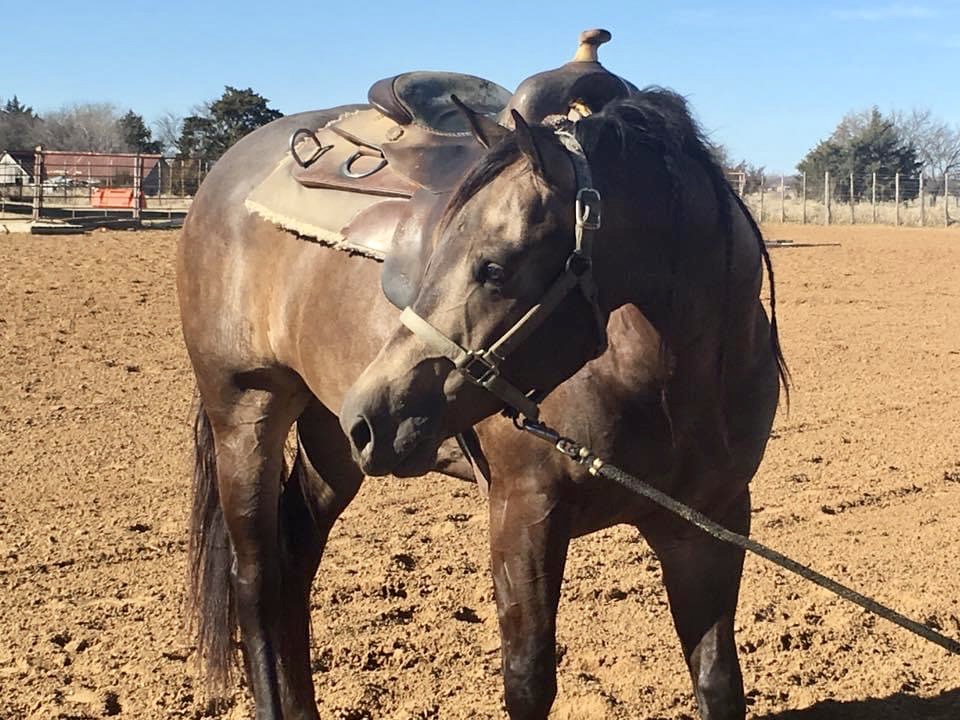 Duckett advises readers should, “Establish what you are okay with at a horse show and stick to it at home. If they aren’t focused or respectful at home, they will be doubly unfocused when you take them off the property. So, if you want certain behavior at a show, that must be reinforced even more at home.”
Duckett advises readers should, “Establish what you are okay with at a horse show and stick to it at home. If they aren’t focused or respectful at home, they will be doubly unfocused when you take them off the property. So, if you want certain behavior at a show, that must be reinforced even more at home.”
Amber warns that people tend to get “too comfortable” at home, and any bad habits developed at home will be amplified at a show. “I like my horses to wait for me to lead them out of the stall. My horses must yield to poll pressure and learn to put their neck down beside me.”
Duckett also believes it is essential to coordinate with your trainer and communicate what behavior is and is not acceptable for your horse on the ground so that you can be consistent with the rules your trainer has established.
“Horses tend to be very black and white. They don’t have grey areas – they don’t get the difference between play and show,” Duckett explains. “If they aren’t allowed in your personal space in a showmanship pattern, they shouldn’t be allowed to come into your space at home.”
Practice, Practice, Practice
Both of our experts emphasized that the best way to ensure you can establish good ground manners or improve poor techniques is to continue to practice and reinforce the boundaries you’ve set.
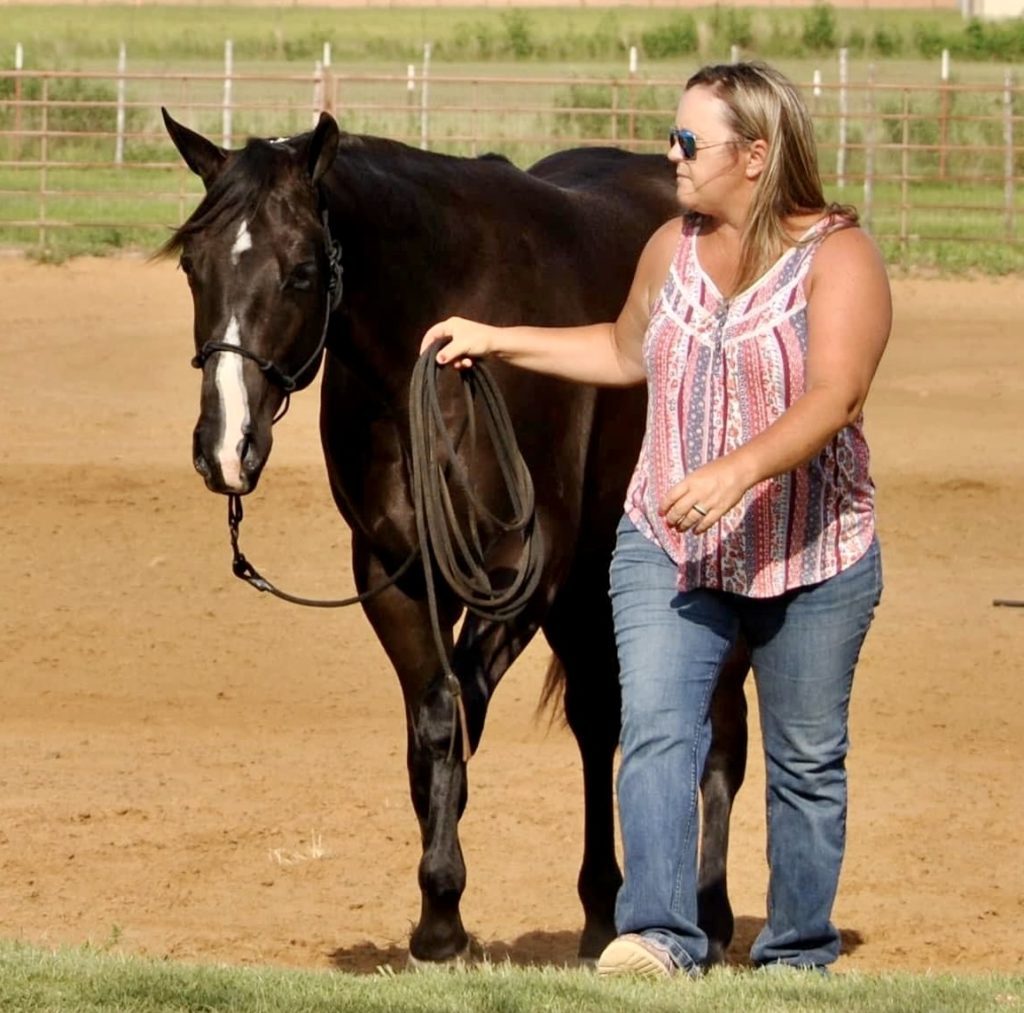 Voge says, “The best way to reinforce proper ground manners is through lots of sweat equity.” What does she mean by this? She recommends working with your horse on exercises like standing tied to the tire until quiet, longing with their focus on the handler, leading quietly, and yielding their hind end when asked.
Voge says, “The best way to reinforce proper ground manners is through lots of sweat equity.” What does she mean by this? She recommends working with your horse on exercises like standing tied to the tire until quiet, longing with their focus on the handler, leading quietly, and yielding their hind end when asked.
Julie believes the practice of establishing proper ground manners is “all about giving to pressure to solve the problem. Some horses require more pressure than others – just like people.”
Duckett says, “I will use a rope halter on a horse that lacks respect because I find that they have more sharpness to them without being as harsh and offensive to the animal as a chain.”
Voge agrees and says she prefers a rope halter or lariat nose halter to a chain, particularly with young horses, as the chain can scare them.
Duckett likes to “put the horse in a round pen and let them check their surroundings for a little bit. Then, I will take my longe whip out and start pushing them around.”
“I’m simply looking for their legs to move in the direction I tell them,” Duckett explains. “I don’t want them stopping and changing direction whenever they want – I want forward consistent movement. So often, wearing them out is the best thing to do. It’s old school, but it works.”
Safety First
As with any activity with horses, it is critical to maintain a safe environment for both the handler and the animal.
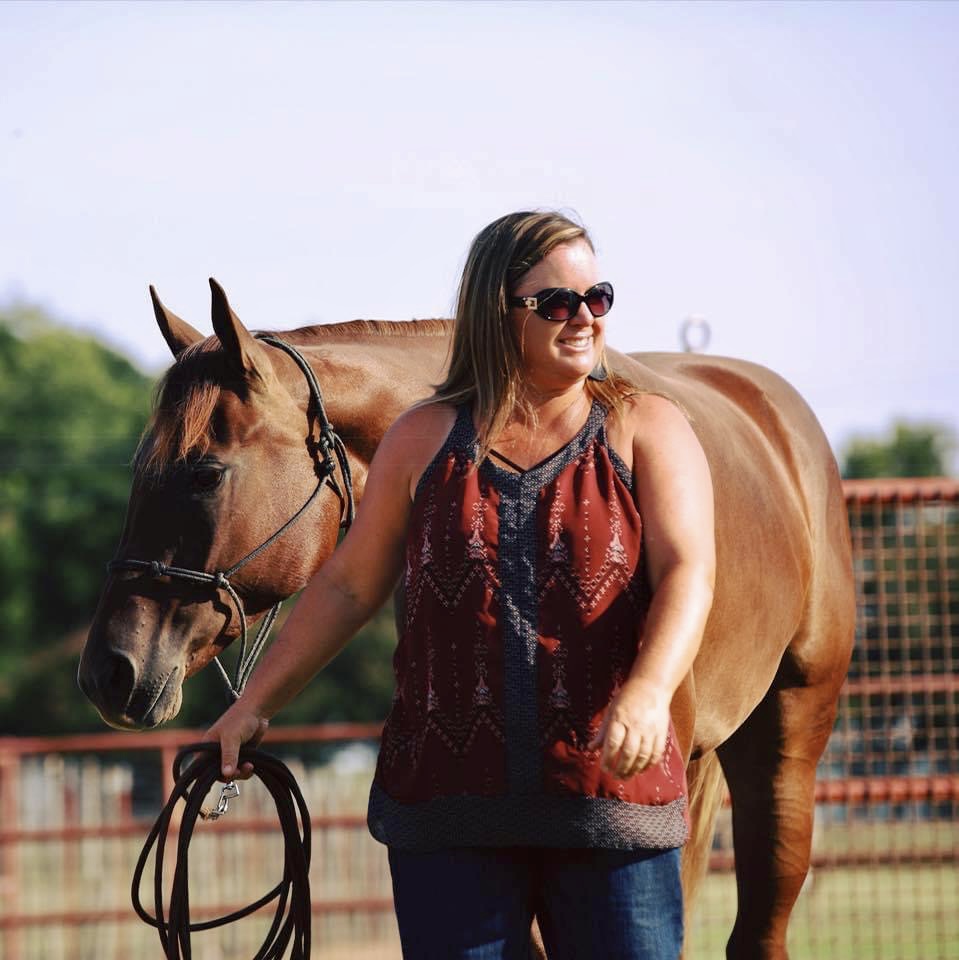 Voge warns that spoiling your horse by refusing to establish personal space and boundaries not only leads to poor ground manners but could also lead to serious injury.
Voge warns that spoiling your horse by refusing to establish personal space and boundaries not only leads to poor ground manners but could also lead to serious injury.
She explains, “I have too many helpers and stud colts to risk getting hurt because they have been pre-spoiled. If they touch you with their shoulder, the next thing that will happen is you get your foot smashed. So, we run a tight ship to start with and then get softer as they learn the rules.”
Duckett emphasizes that if you aren’t in a position to work safely on the ground with a horse because its manners are so lacking, you should consult a professional for assistance to avoid putting yourself at risk of injury.
“Horses are powerful animals, and, in the battle of strength, they will always win,” Duckett warns. “If you find your groundwork is becoming a battle of strength where the animal is unresponsive, unruly, and outright dangerous, it is either time to consult a professional, or it’s time to move on to a different animal that is better matched to your abilities.”


